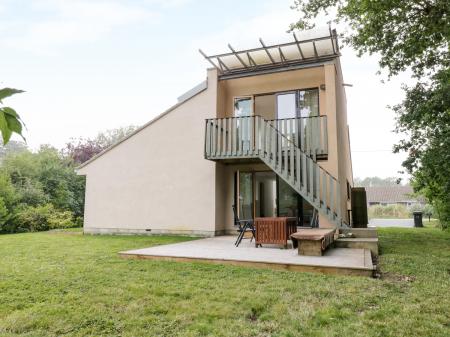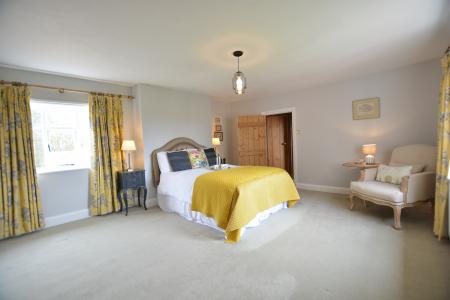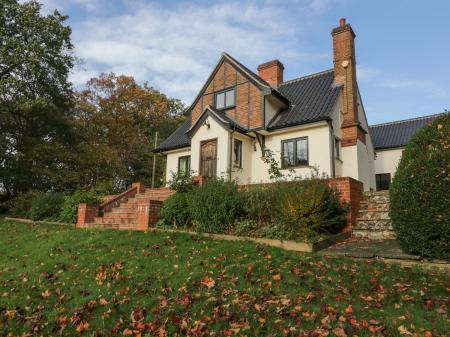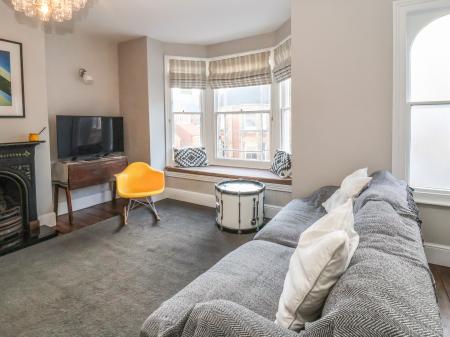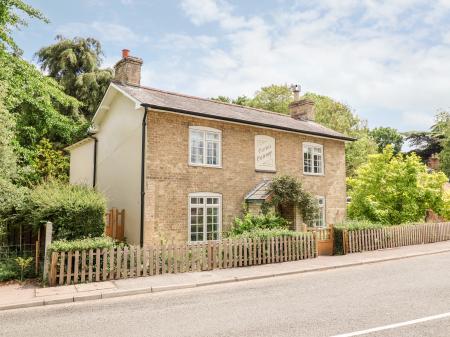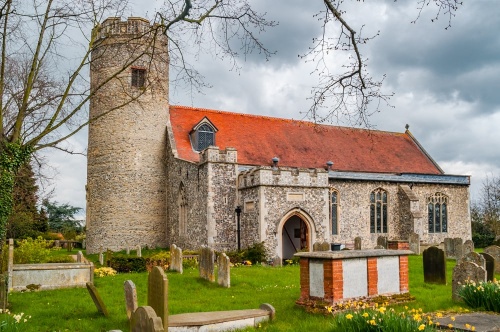
If you examine the exterior of the tower you can see other signs of Saxon building techniques, including round-headed and circular window openings.
The two larger windows on the west side were added in the 15th century (top) and 19th century (bottom), while the parapet top was a 15th-century addition. The parapet crenellations are decorated with heraldic shields of local families including the Montacutes, Beauchamps, Brotherons, and Despencers.
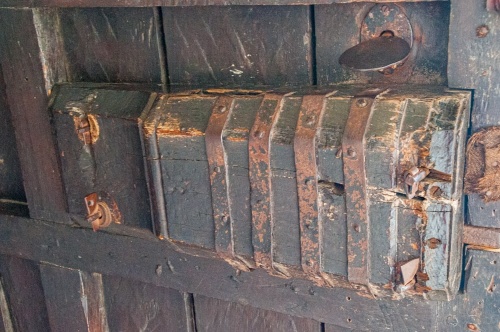
The west and north walls of the church were built at the same time as the tower. There is a blocked Saxon slit window in the north wall, but the south aisle is 14th century.
As you pass into the south porch note the plate by the door. It says 'Here was the fire stayed 1688', a reference to the terrible fire that destroyed much of Bungay. The fire caused damage to the door but did not damage the interior of the church. You will notice that the caved head beside the doorway arch is discoloured due to the heat of the fire. The door itself still has its original medieval lock.
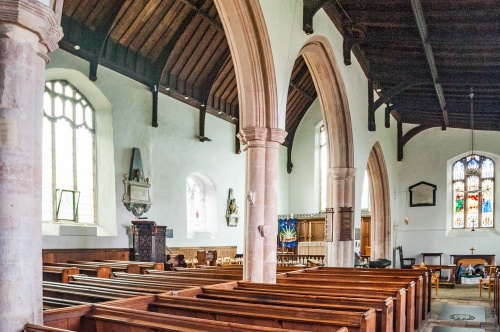
There are several features worth noting in the interior, including an early 18th-century gallery, now holding the organ. The pulpit is very nice Elizabethan woodwork, crafted in 1588 at a cost of 10 shillings, according to the church records. well worth the money, I'd say!
The font is a rather peculiar neoclassical affair, similar to the one in the redundant church of St Mary's over the road.
Probably the most interesting bit of the interior is the monuments. On the north wall is one to Matthias Kerrison, who purchased the Bungay Navigation in 1783 and became a wealthy merchant during the Napoleonic Wars.
Set on a pillar in the south aisle is a memorial brass to Lionel Throckmorton, who founded a grammar school here in 1580. The school is still in existence as the local High School, and still uses the Throckmorton coat of arms as its badge.
Even more interesting is the brass to Margaret Dalenger, who served as the prioress of the Bungay nunnery from 1465 to 1497.
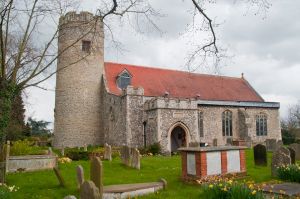
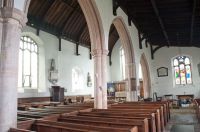
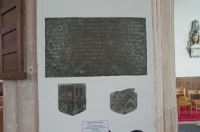
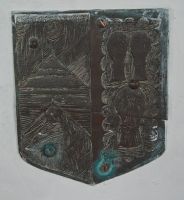
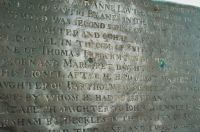
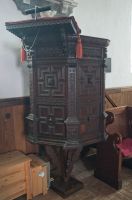
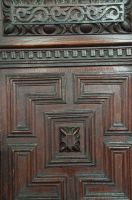
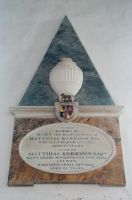
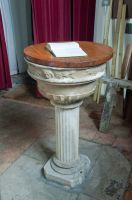
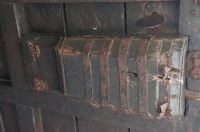
 We've 'tagged' this attraction information to help you find related historic attractions and learn more about major time periods mentioned.
We've 'tagged' this attraction information to help you find related historic attractions and learn more about major time periods mentioned.